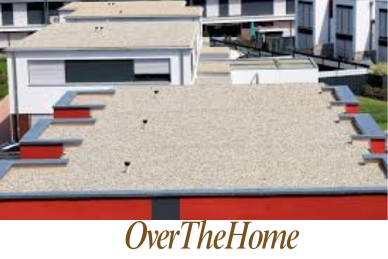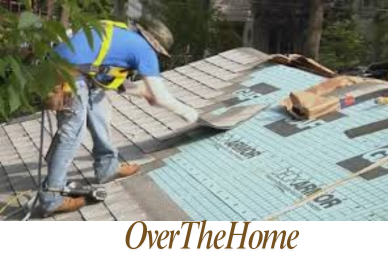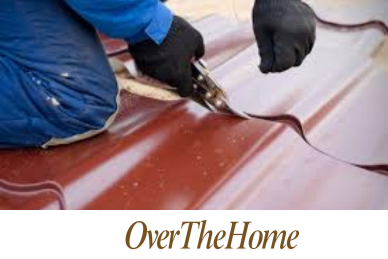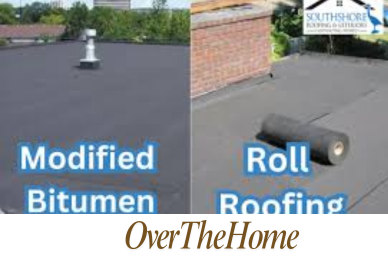How to Maintain TPO Roof Properly?
Thermoplastic Olefin (TPO) roofs have gained popularity for their energy efficiency, durability, and relatively low cost. However, like any roofing system, TPO roofs require regular maintenance to maximize their lifespan, which can range from 15 to 30 years if properly maintained. Neglecting maintenance can lead to leaks, premature aging, and expensive repairs. In this guide, we’ll cover essential maintenance steps for keeping your TPO roof in top condition, including routine inspections, cleaning methods, and preventive measures.
Proper maintenance not only extends the life of your TPO roof but also ensures its reflective properties remain effective, keeping your energy costs down.
How TPO Roof is Composed
Before diving into maintenance, it’s essential to understand the composition of TPO roofs. TPO is a single-ply membrane made from ethylene-propylene rubber and reinforced with polyester. It’s known for its flexibility and resistance to UV radiation, which helps reduce heat buildup. TPO roofs are available in white, gray, and tan, with white being the most reflective and energy-efficient option.
Despite its benefits, TPO is susceptible to punctures, dirt buildup, and seam separations if not adequately maintained. Regular inspections and cleaning are crucial to prevent these issues.
Step-by-Step Maintenance Guide for TPO Roofs
1. Conduct Regular Inspections
Routine inspections are the cornerstone of TPO roof maintenance. Inspect your roof at least twice a year — once in the spring and once in the fall — and after severe weather events. Look for the following signs of damage or wear:
- Punctures and Tears: TPO is relatively durable but can be punctured by sharp objects or heavy foot traffic.
- Seam Separation: Check the seams for signs of splitting or gaps, which can lead to water infiltration.
- Membrane Shrinkage: Over time, TPO membranes can shrink, pulling away from the parapet walls or causing stress on fasteners.
- Pooling Water: Ensure there is no standing water, as it can degrade the membrane over time.
Use a flashlight to inspect seams and flashings more closely, and if you notice anything unusual, address it promptly.
2. Clean the Roof Surface Regularly
Dirt, algae, and debris can accumulate on the surface of a TPO roof, reducing its reflective properties and promoting mold growth. Clean your TPO roof at least once a year using the following steps:
- Remove Debris: Use a soft-bristled broom or leaf blower to clear off loose debris, leaves, and branches.
- Prepare a Cleaning Solution: Mix a non-abrasive, biodegradable cleaner with warm water. Avoid using petroleum-based solvents, as they can degrade the membrane.
- Apply the Solution: Using a low-pressure washer or sprayer, apply the cleaning solution evenly across the roof.
- Scrub Gently: Use a long-handled soft-bristle brush to scrub the surface, paying extra attention to heavily soiled areas. Avoid using stiff-bristle brushes or abrasive pads.
- Rinse Thoroughly: Rinse the roof with clean water to remove any remaining soap residue.
Be cautious when walking on the roof, especially on wet surfaces, as TPO can become slippery. Always wear non-slip footwear for safety.
3. Check for Proper Drainage
Proper drainage is critical for the longevity of any flat roof system, including TPO. Inspect drains, scuppers, and gutters to ensure they are clear of obstructions and functioning correctly. Clogged drains can cause water to pool, which weakens the roof membrane over time and leads to leaks.
If you notice any pooling, it could indicate an issue with the slope of the roof or the drainage system itself. Regularly cleaning and inspecting drains will help prevent water-related problems.
4. Inspect Flashings and Penetrations
Areas around HVAC units, vents, skylights, and other roof penetrations are vulnerable points for leaks. Inspect the flashing around these areas to ensure they are properly sealed and adhered to the TPO membrane. If you notice any loose or cracked flashing, it should be repaired immediately using compatible TPO patches or adhesives.
For minor flashing repairs, apply a TPO seam tape or membrane patch to cover the damaged area, ensuring it extends at least 2 inches beyond the defect on all sides.
5. Maintain Roof Accessories and Equipment
If your roof has equipment such as HVAC units or satellite dishes, make sure they are properly secured and not causing stress or damage to the TPO membrane. Vibrations from equipment can lead to premature wear and puncturing. Additionally, ensure that equipment is placed on proper protective pads to prevent direct contact with the membrane.
Check any walk pads installed on the roof for wear and tear. Walk pads are designed to minimize foot traffic damage, but they can degrade over time and may need to be replaced.
6. Address Minor Repairs Immediately
Promptly addressing small issues can prevent them from escalating into major problems. For minor punctures or seam separations, follow these steps for a quick repair:
- Clean the Area: Remove any dirt and debris around the damaged area.
- Apply Primer: Use a TPO primer to prepare the surface for a patch.
- Install a TPO Patch: Cut a piece of TPO membrane patch large enough to cover the damaged area with at least a 2-inch overlap. Apply adhesive and press the patch firmly in place.
- Seal the Edges: Use a silicone roller to seal the patch’s edges and ensure a watertight bond.
For larger repairs or extensive damage, consult a professional roofer specializing in TPO systems.
Preventive Tips to Ensure TPO Roof Longevity
- Install Walk Pads: If there is regular foot traffic on your roof, consider installing walk pads to minimize wear and tear on the membrane.
- Trim Overhanging Trees: Tree branches can cause punctures and add debris to your roof. Trim back any overhanging limbs to prevent damage.
- Schedule Professional Inspections: Even if you’re doing regular maintenance, a professional inspection every 2 to 3 years can identify issues before they become serious problems.
Wrapping Up
Maintaining your TPO roof involves more than just cleaning the surface. Regular inspections, prompt repairs, and proper drainage management are crucial for preventing leaks and ensuring your roof performs optimally for its full lifespan. With a consistent maintenance routine and attention to detail, your TPO roof can provide reliable protection and energy efficiency for decades. Consider consulting a professional roofer for complex repairs or if you’re unsure about any aspect of TPO roof care.






